Thieme print shop
Carl Thieme
Publishing a newspaper in the Palatinate in the 1830s and 40s was not without its problems, especially in the politically turbulent times of the Hambach Festival in 1832 and the revolution of 1848/49. Should one rather stand on the side of the existing monarchical order or support the idea of freedom more strongly in publishing?
Carl Thieme (1800-1848), who had taken over the editing and printing of the “Kirchheimbolander Wochenblatt”, founded six years earlier by Johann Philipp Hahn, in 1826, the decision was based solely on the fact that he was a member of the “Liberale Parthey”. He also belonged to the “Preßverein”. This resulted in an indictment for revolutionary activities in 1832. However, the case was dropped.
In the following decade and a half, Thieme’s work was devoted entirely to the “Wochenblatt”. From 1841, it appeared “for Kirchheimbolanden and Grünstadt” and from 1846 onwards with two issues per week (on Tuesdays and Fridays).
Thieme then gave the newspaper a decidedly political slant in 1848. The “revolution” that now also began in Kirchheimbolanden accelerated the reporting in the “Wochenblatt” – and vice versa. Thieme thus became one of the most important political players in Kirchheimbolanden. However, this was at the expense of his health. He died in August 1848.
However, this did not jeopardize the existence of the “Wochenblatt”. Thieme’s widow Wilhelmine continued it in his spirit.
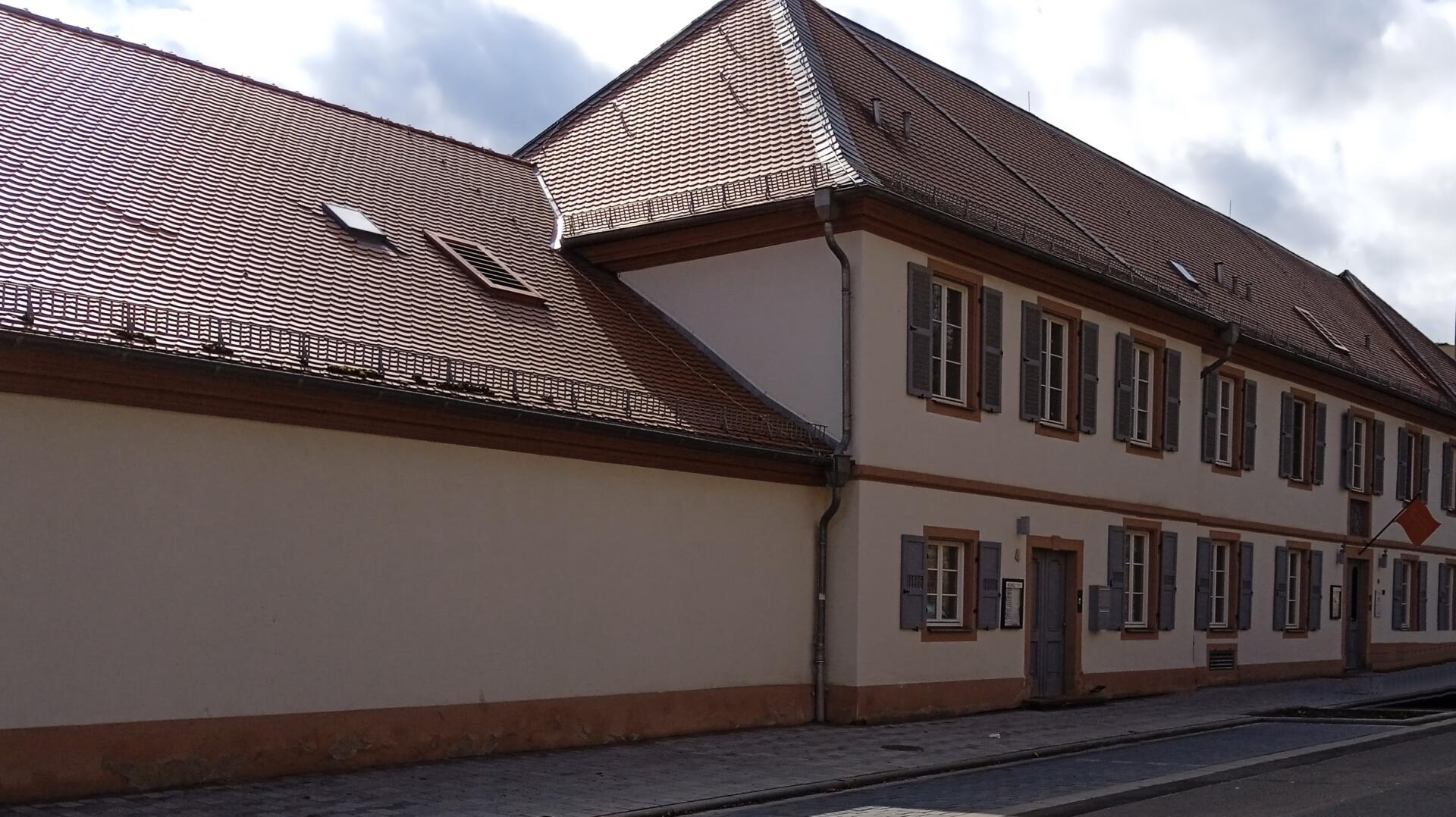

The Thiemesche “Wochenblatt” 1848
The “Wochenblatt für Kirchheimbolanden und Grünstadt” picked up on the revolutionary wave as early as March 1848. On March 10, for example, it was written in the spirit of the general “March demands”:
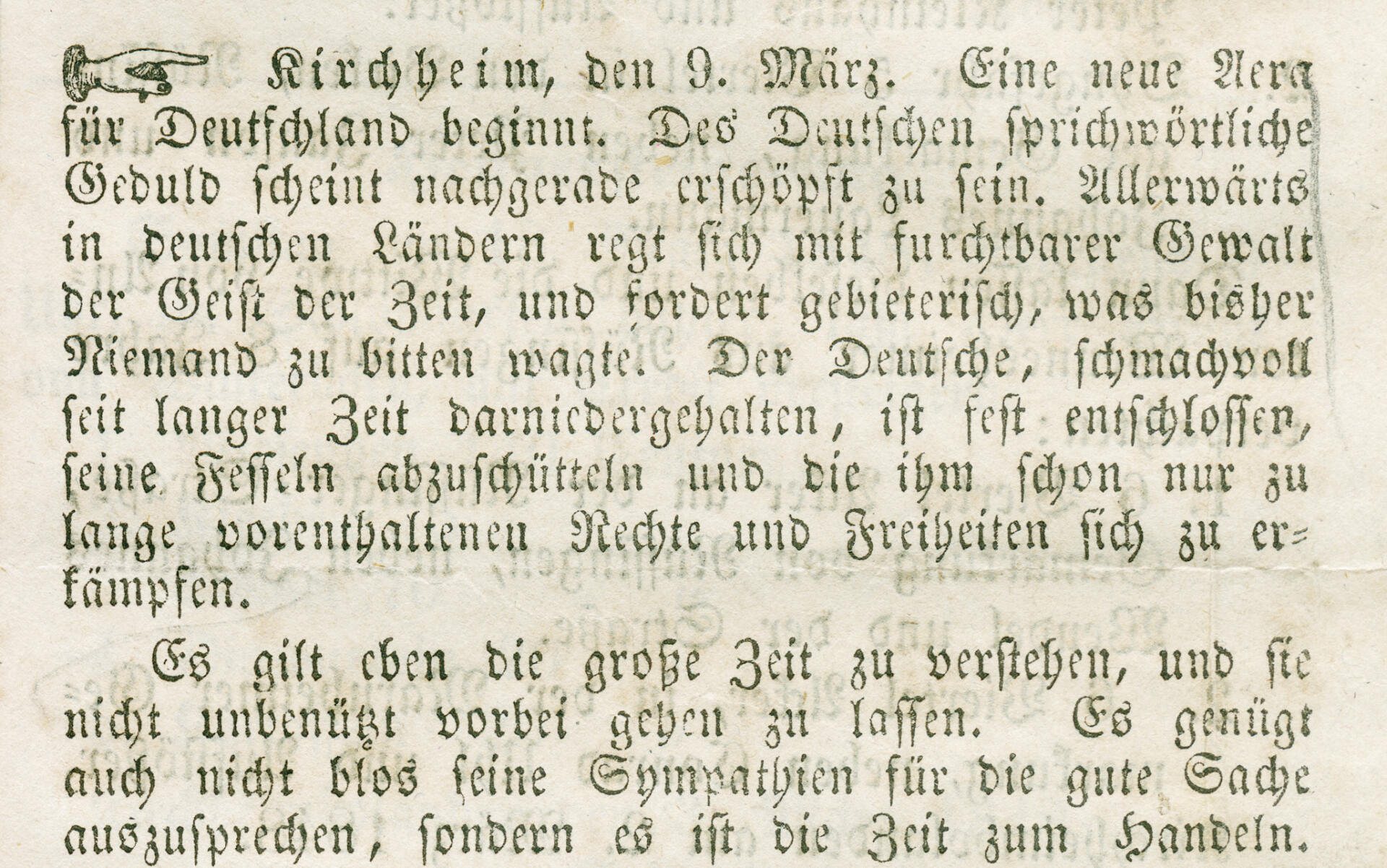
And in the following issue, the “Wochenblatt” reports:

However, it is not only specific political freedoms that are being addressed. Serious social issues are just as urgent:
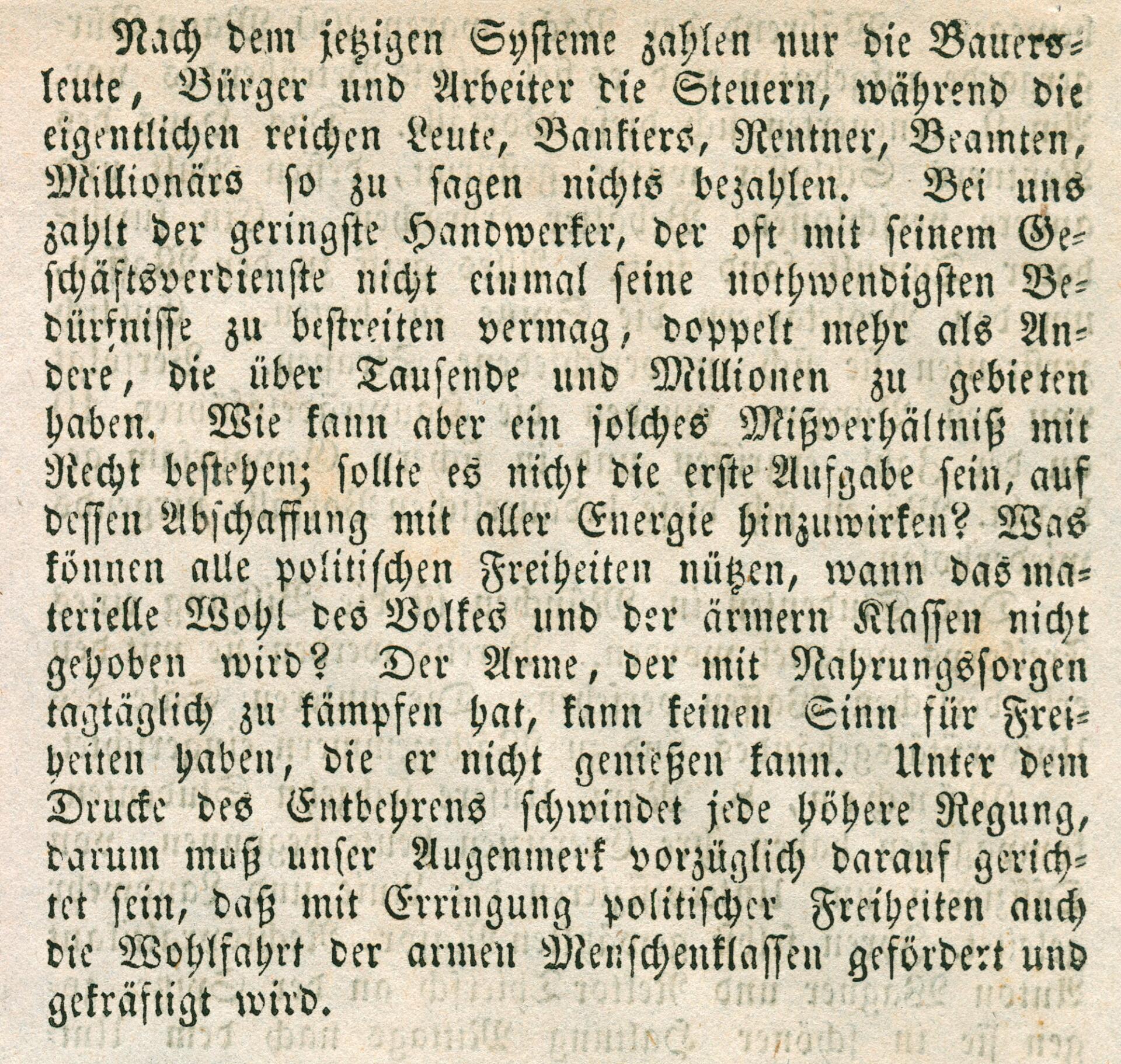
The “motion” mentioned here originated from the member of parliament Wilhelm Heinrich Riehl, who criticized the drafting of the constitution as not being fast enough, which was also seen in Kirchheimbolanden:
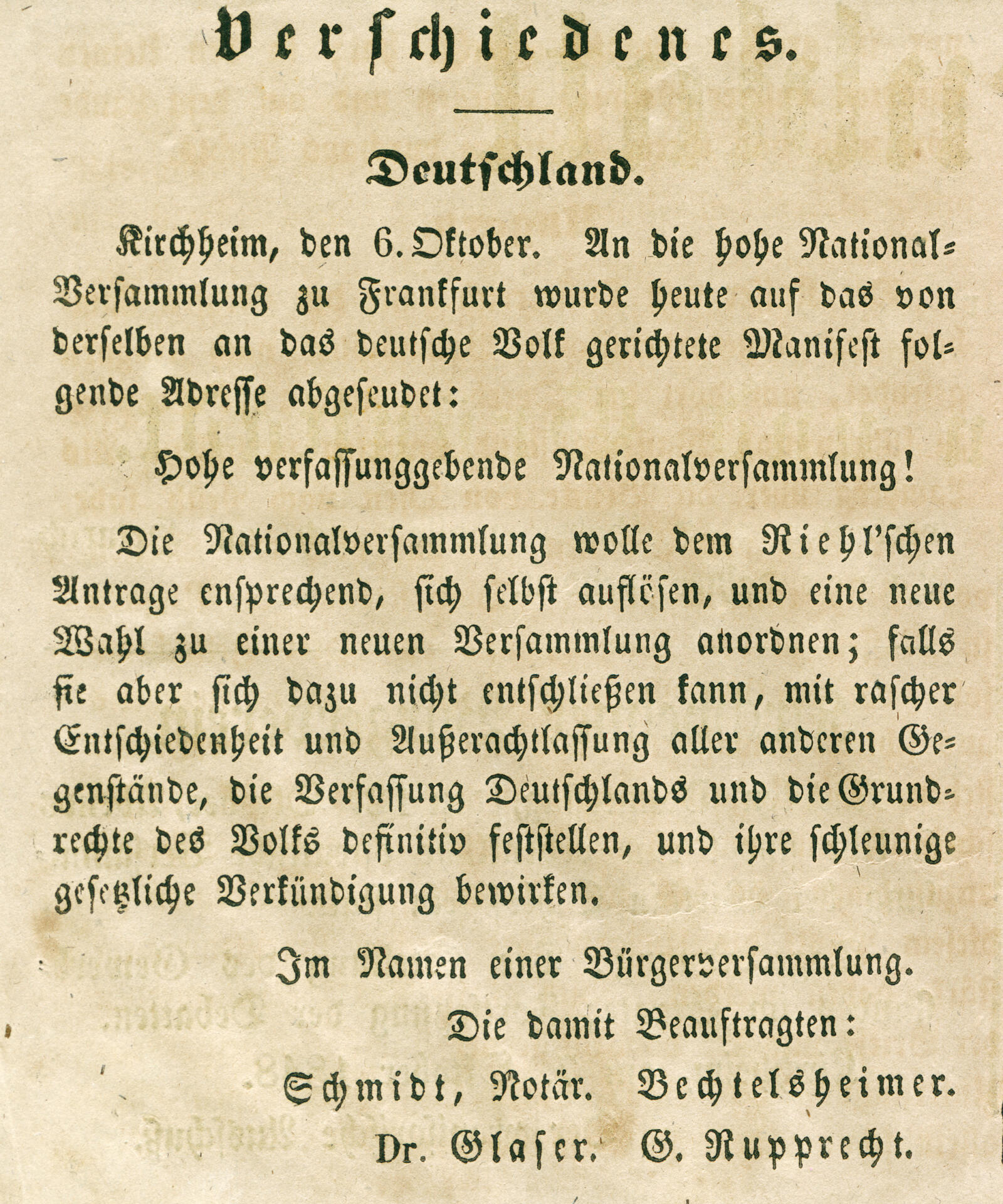
The Thiemesche “Wochenblatt” 1849
While the 1848 issue of the “Wochenblatt” primarily documents the discussions in Kirchheimbolanden on the concepts of unity, rights and freedom and thus conveys a local picture of the general course of the revolution in Germany, the situation changes fundamentally from the spring of 1849 onwards.
First, however, the fundamental rights adopted by the German National Assembly are proclaimed. The 50-paragraph catalog of fundamental rights is published in “Wochenblatt” numbers 2 to 4.
Meanwhile, the National Assembly was working towards a constitutional monarchy. On March 27, 1849, the corresponding constitution was adopted. The Prussian king was to become the monarchical head.
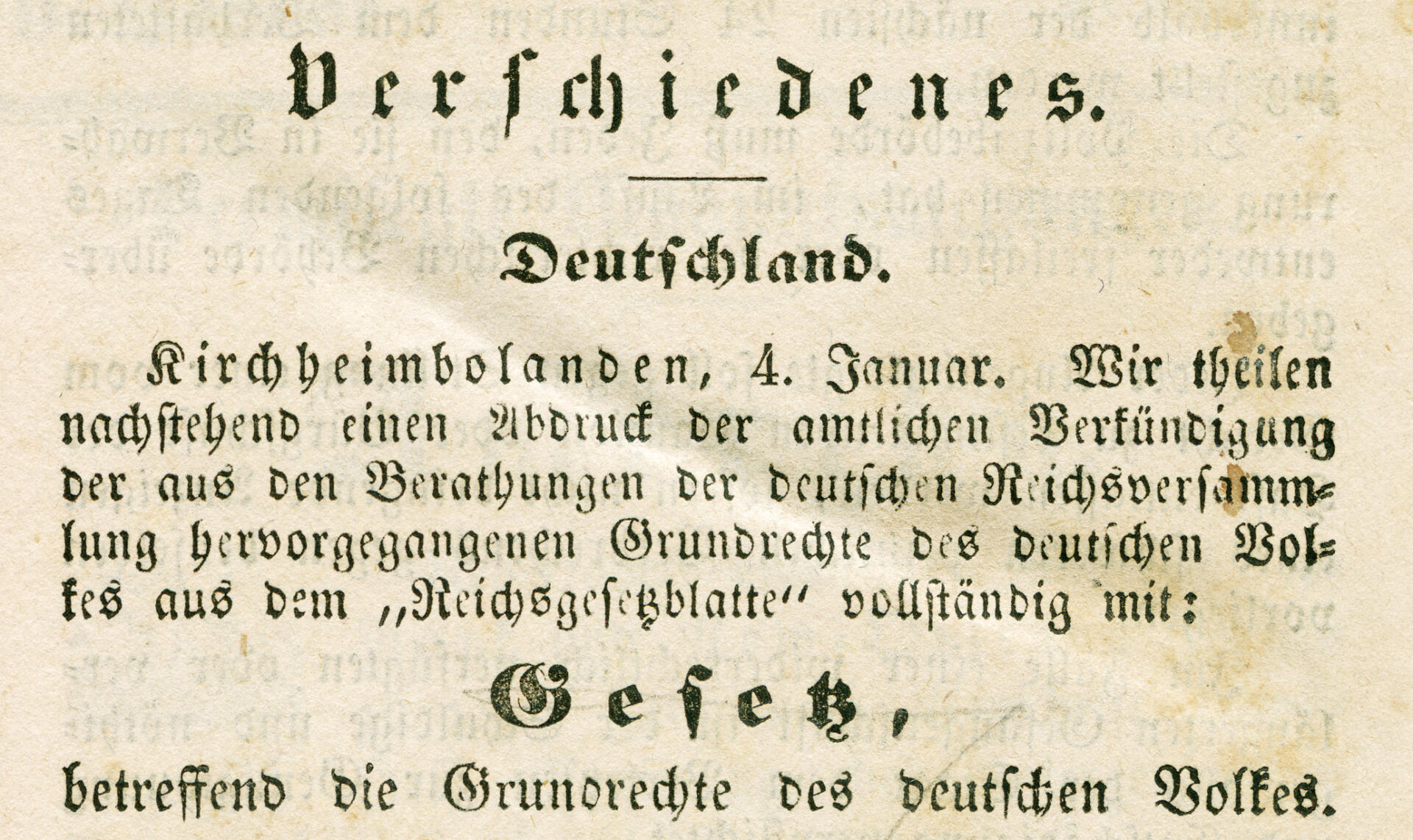
The “Wochenblatt” then reported on April 6:

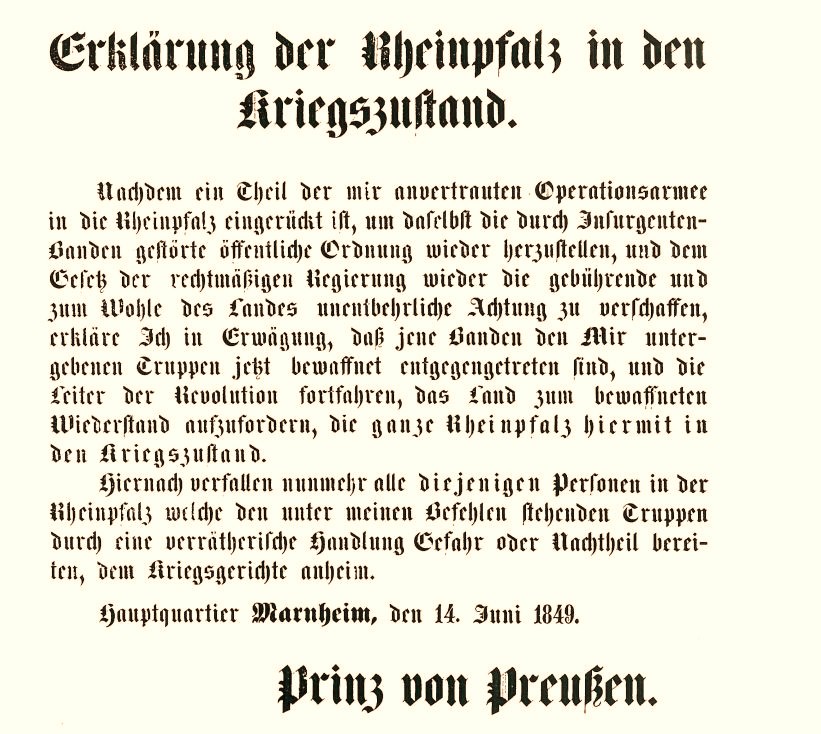
At the same time, the revolutionary events in Kirchheimbolanden came to an abrupt end. From now on, the narrative of public order being disturbed by bands of insurgents and the resulting need to revise the “monarchical principle” applied.
Subordination now determined the language of journalism again. A new press law set the framework. It made it a punishable offense to treat the existing form of government with derision and contempt. The newspaper therefore had to exercise the utmost caution in its statements.
The reporting in the “Wochenblatt” in 1849 thus illustrates all three revolutionary phases of the year: the “completion” of the concept of unity, rights and freedom, the military attempt to “save” the constitution and finally the authoritarian-restorative “response”.